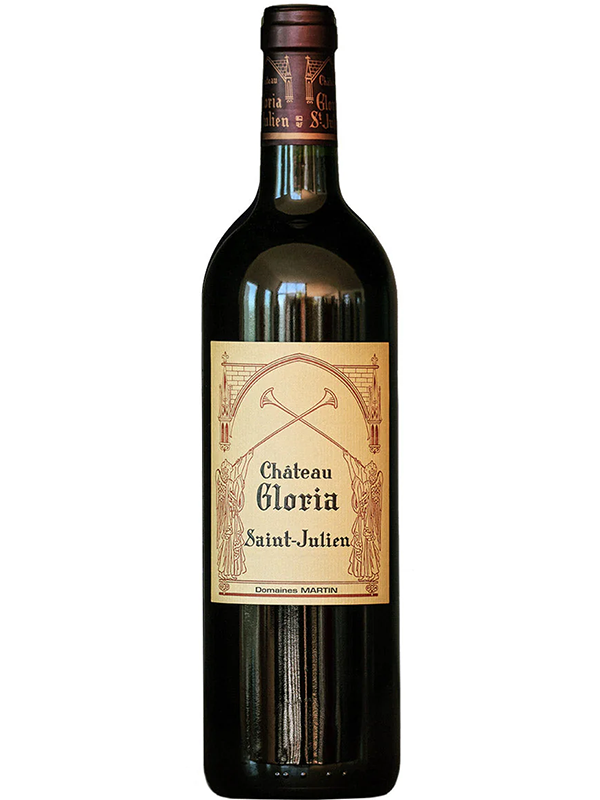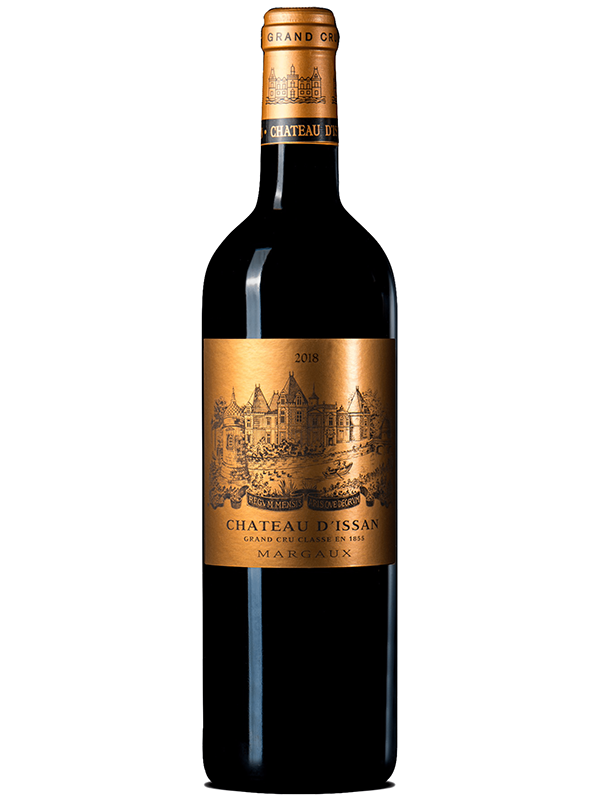Bordeaux 2022 En Primeur Vintage Report

Photo: Château Cheval Blanc, St-Emilion
Headline
Reading back my vintage reports over the last 15 years, so frequently I’ve highlighted how complicated a vintage it was. But I’m going to go out on a limb and say 2022 is one of the most challenging vintages I’ve tasted, especially given how good many of the wines were. There are some smashing wines, but it was far from a simple vintage to taste or summarise.
Weather
I often fear this can be a dull section for many, but so important to understand to give context to what comes after. It’s a relatively simple vintage to cover in terms of the weather. Winter 2021-2022 was cool and dry, unremarkable, and that is a good thing! A moderate, dry spring meant the vines were refreshed and in tip top health which saw early flowering. May-early June saw high, but not extreme temperatures with a little rainfall which helped top up water reserves for the heat to follow.
Later June to August defined the vintage, they saw temperatures over 40 degrees, and more days over 30 degrees than any other vintage on record. Drought conditions meant berries were very small, which ultimately meant concentrated fruit with thick skins and a high skin/juice ratio. So ripe fruit, low yields, and high potential tannins. Given the health of the vines (thanks to the spring conditions), the leaves were full, green and offered much needed canopy to provide shade to the bunches, the risk of sun-scorched berries being averted.
August saw hail that hit much of St-Estèphe, some parts of northern Pauillac and parts of Fronsac. But, given the well-being of the fruit and lack of green harvesting prior to that date, it didn’t have a negative impact at all. Many Châteaux just discarding damaged bunches they would have disposed of anyhow, so no real impact on volume or quality from that. It can largely be disregarded.Compared to 2021, certainly a less active vintage in the vineyard with limited threat of disease or pests, in many ways the main challenge appeared to be being comfortable with inaction rather than anything else and benefitting from the work done in vineyards over the last 5-6 years.
Comparisons with past vintages?
Given the high temperatures and disappointment with how many 2003s are drinking, it’s not unreasonable to hear plenty of discussions involving the two vintages. But the conclusions were the identical. While elements of each summer were comparable, the build up to the summers were very different. The summer heat in 2003 followed a rainy, cool spring and a pair of cool vintages preceding it. The result being the wines were in shock in 2003 and shut down as a result. In 2022, the vines had a warm spring and had adapted from several hot vintages over the last 8 years meaning they continued to develop without shutting down. The canopy offered the berries protection unlike in 2003 where the leaves had turned yellow and started to die, the 2003 berries did suffer from scorching.
In the winery, there is now considerably better understanding now how to manage riper grapes and how to extract colour, fruit and finer tannins. The use of oak is better judged than it was even 10 years ago. The method of pumping over which would extract harsher tannins is not well suited to vintages like this, so has been reduced significantly. Smaller fermentation vessels mean more plots can be vinified separately, meaning they can be vinified at optimum conditions. Rather than 2003 in many ways you could argue there are similarities with 2010 and 2016 such is the structure of the tannins, but 2009, 2018 and 2019 given the ripeness of the fruit, it really is an extraordinary hybrid vintage.
The Wines
I was considerably happier tasting on the left bank than I was on the right. The key difference from speaking to owners was the right bank didn’t enjoy the same rain in June as their counterparts on the left bank. The result being they found it harder to control the ripening of the Merlot. One particularly high-profile Château I spoke to had even toyed with the idea of acidification to maintain balance. Of course, Merlot ripens earlier than Cabernet Sauvignon or Cabernet Franc, so being able to get the balance between physiological ripeness, phenolic ripeness and freshness is more challenging in such conditions and, in my mind, compared to the left bank, St Emilion and Pomerol struggled that little bit more.
In St Emilion and Pomerol, there were some beautifully fragrant wines, Cheval Blanc was arguably wine of the vintage, but there were some big names which disappointed me a little, some which were just a little jammy and didn’t have the freshness or balance I have expected from them given their performance over the last 10 years.
St-Estèphe was a bit of an outlier this year, typically it’s a more structured commune of course given it’s more exposed and has a less forgiving soil make up, but this year the tannic structure here is notably different. Once again, I thoroughly enjoyed the structure of these wines, though Cos d’Estournel was as structured as wine as I’ve had for years, a black sheep of 2022.The appellation which gave me most joy however was Margaux, for a commune with such a variety of soil structures and so large, it really was unusually consistent. The wines were supple, fragrant, and incredibly appealing. There were some excellent wines from St Julien, Pauillac and Pessac too, but when Margaux’s good, it’s magnificent.
Something I am looking forward to is getting my hands on finished wines from the ‘lesser’ Châteaux, I think there will be a lot of relatively early drinking joy from the likes of Marsau, Sénéjac, Petit Ducru, Joanin Becot and others.One note of caution, I think there’s a lot of scope for these wines to change between how they’re showing now and how they’re finally bottled. In some ways this may work in their favour, in others not. High pH is a bit of a worry, both in terms of the flavours and structure of the wine, but also potentially causing instability, bacterial problems are more common at high pH in the winery along with other lesser problems.
Favourite Wines
St-Estèphe: Meyney, Calon-Ségur, Montrose, Capbern
Pauillac: Pichon-Baron, Pichon-Lalande, Lafite-Rothschild, Grand-Puy-Ducasse
St Julien: Langoa Barton, Petit-Ducru, Ducru-Beaucaillou
Margaux: Labégorce, Château Malescot St Exupéry, Brane-Cantenac, Siran
Pessac: Carmes Haut Brion, C de Carmes Haut Brion, Domaine de Chevalier
Other Left Bank: Sénéjac, du Retout, Malescasse
Pomerol: La Fleur Gazin, Conseillante
St Emilion: Cheval Blanc, Laroque, Saint-Georges Côte Pavie
Other Right Bank: Marsau, Dalem, Joanin Bécot
Dry Whites: Domaine de Chevalier Blanc, de Fieuzal Blanc, La Garde Blanc
Summary
There is little doubt there were some tremendous wines made in 2022, though I’m not yet on board with some opinions that this is one of the greatest vintages in the last 20 or so years. This is a vintage where I would generally feel more comfortable buying once bottled. There will be some wines to be bought en primeur without question, but if the prices are pushed too high, my preference would be to look back at 2020, 2019, 2016 and just buy selectively in 2022. If the prices are too high in 2022, I suspect you could quite readily pick up many wines once bottled at a comparable price in a couple of years, but with the added reassurance of seeing how they’ve changed. But, as often with Bordeaux, I’ll come down to price. Let’s see.






